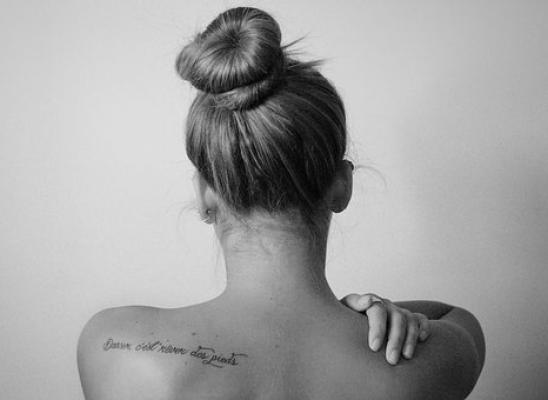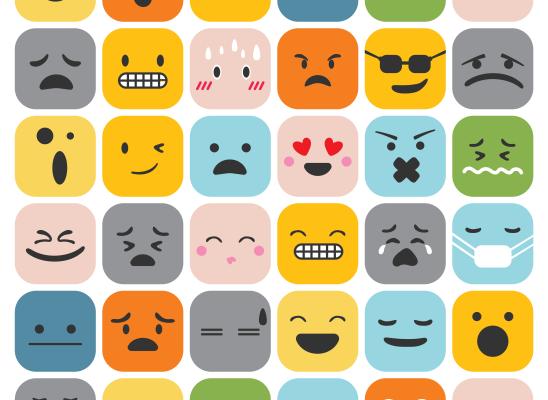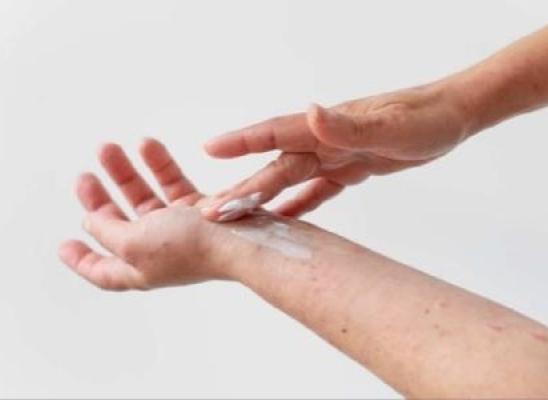Skin Picking is NOT Self-harm
Online test
Find out the severity of your symptoms with this free online test
 People who compulsively pick their skin suffer varying degrees of severity of the behaviour. For some it may entail light scratching or popping of pimples, while others pick at their skin until it bleeds. Continuous picking over time inevitably leads to skin damage and causes the individual great shame and embarrassment. Many skin pickers suffer with this condition in silence for fear of being harshly judged. This is often not an incorrect assumption as the lack of awareness of this condition often leads to it being misunderstood. Friends and family of skin pickers struggle to understand the reason someone is not able to stop picking at their own skin and cause such visible damage. Some even think of skin picking as an attention-seeking behaviour, while many also perceive it as a form of self-harm.
People who compulsively pick their skin suffer varying degrees of severity of the behaviour. For some it may entail light scratching or popping of pimples, while others pick at their skin until it bleeds. Continuous picking over time inevitably leads to skin damage and causes the individual great shame and embarrassment. Many skin pickers suffer with this condition in silence for fear of being harshly judged. This is often not an incorrect assumption as the lack of awareness of this condition often leads to it being misunderstood. Friends and family of skin pickers struggle to understand the reason someone is not able to stop picking at their own skin and cause such visible damage. Some even think of skin picking as an attention-seeking behaviour, while many also perceive it as a form of self-harm.
What’s the difference?
Compulsive skin picking is NOT the same as self-harm. Why is it important to make this distinction? Because the way you treat self-harm is different to the way you treat body-focussed repetitive behaviours (BFRBs) such as excoriation disorder. By lumping the two types of behaviours together you do an injustice to the individual and invalidate their experiences by failing to understand what they are going through. Of course, it is understandable why someone who lacks the knowledge or awareness of one or either of these conditions may think they are the same, particularly because the difference is predominantly in the intention for the action and not something that can necessarily be tangibly observed. Compulsive skin picking usually experiences a mounting urge to pick at the skin which you cannot resist, despite not wanting to pick. One of the key criteria for the diagnosis of excoriation disorder according to the Diagnostic and Statistical Manual (DSM5) is that there are repeated attempts by the person to stop picking. There is no intention by the person to harm or damage the skin, rather it is the sensation of the act of picking that the person craves. The person who engages in self-harm or self-injurious behaviour on the other hand, usually does so with the express intention of causing harm to the body. Certainly self-harm and skin picking may sometimes also co-occur as well.
Difference in treatment
While there are many similarities in the treatment of self-harm and skin picking, there are also fundamental differences that have a huge impact on the success of treatment. In any psychological treatment, understanding the intent of maladaptive behaviour is key developing the treatment program. For those who self-harm, cognitive behavioural therapy (CBT) focusses on the thoughts around wanting to harm oneself and understanding the reasons behind this and finding healthier ways of dealing with overwhelming emotions. With skin picking the focus is on developing an awareness of the stimuli that triggers the urge to pick. Similar to CBT for self-harm the patient is assisted to find alternate ways of coping with negative thoughts and emotions that lead to the unwanted behaviour. However, with skin picking the person learns to change their thinking to learn to accept the urges as an experience rather than a need, whereas with patients for self-harm the person learns to influence their emotions by adapting their way of thinking.
Similar causes
Another similarity between self-harm and skin picking is the high prevalence of co-morbidity between depression or anxiety and both skin picking and self-harm. Many patients report that the act of picking the skin provide a sense of release or relief from overwhelming stress or anxiety. The inability regulate negative emotions means that the tension mounts to unbearable proportions, which is then relieved by picking the skin picking or through self-harm. The most important similarity between self-harm and compulsive skin picking is neither can be put down simply as attention-seeking behaviour. Certainly those who self-harm may be engaging in the behaviour as a cry for help, but it is never as fickle as simply wanting attention. The underlying emotional turmoil that people with excoriation disorder as well as those who self-harm is very real and can be debilitating the individual to bear. These are clinical psychiatric conditions that can be managed with the right support and treatment.
Online test
Find out the severity of your symptoms with this free online test
Start your journey with SkinPick
Take control of your life and find freedom from skin picking through professional therapy and evidence-based behavioral techniques.
Start Now



